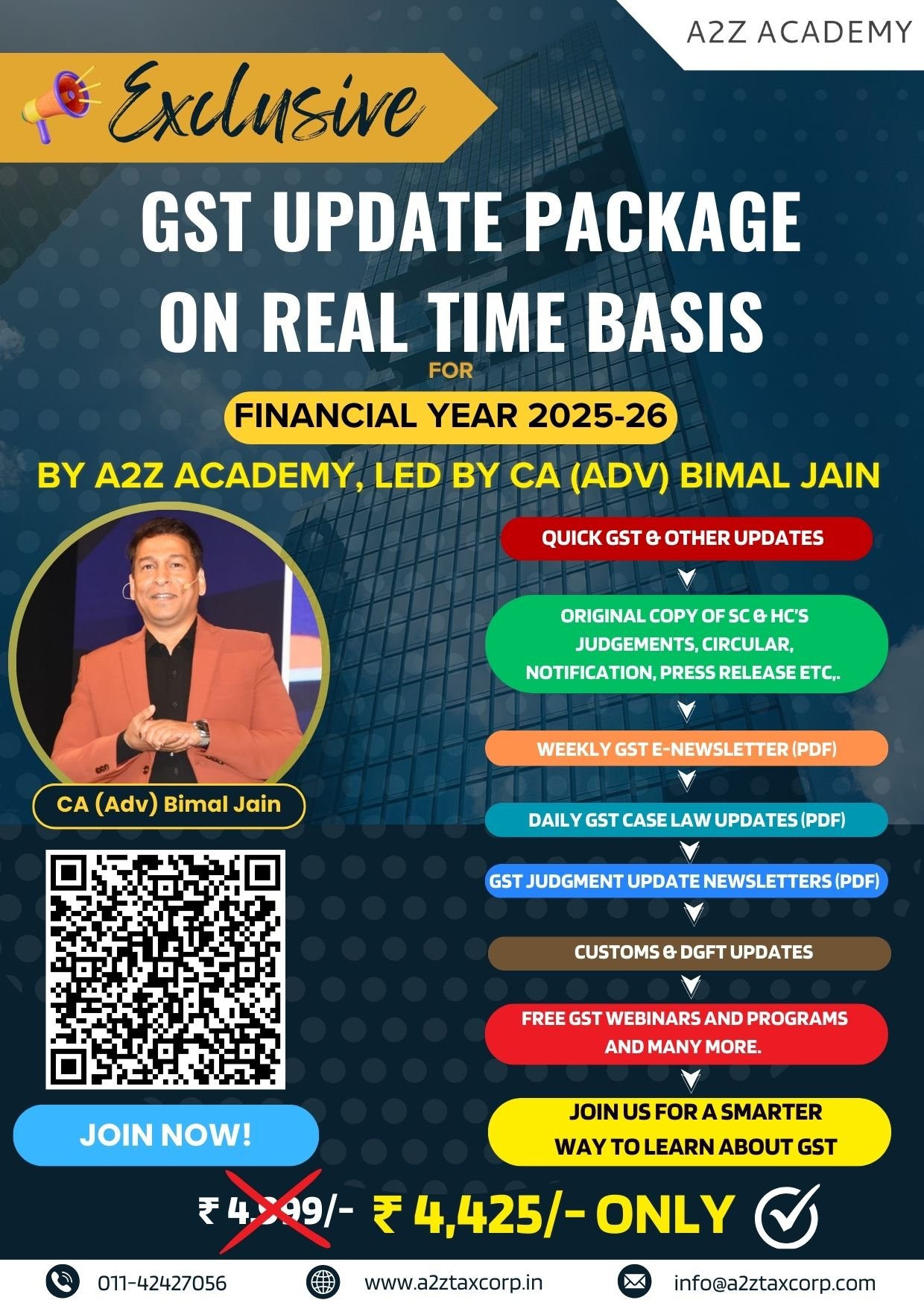
Shampoo to biscuits and medicines, prices of 54 items to be monitored.
AMID CONCERNS the industry may not fully transmit the benefits of the GST rate cuts to end-consumers, the Revenue Department under the Union Ministry of Finance has asked its officers in the field to compile monthly data reports on price change of commodities pre- and post-GST rate rationalisation. The new rates will be effective September 22.
In a letter to principal chief commissioners and chief commissioners of central GST zones on Tuesday, the department has sought commodity-wise price data on fast-moving consumer goods, food and educational items, and drugs and medicines, as well as cement and white goods, from the field offices and trade associations under their jurisdiction for the next six months. The first report has to be submitted by September 30.
The field offices have been asked to treat this price compilation exercise “on priority”, with the monthly report to be sent to the Central Board of Indirect Taxes and Customs (CBIC) by the 20th of every month, the department said in the letter seen by The Indian Express. The data would include details including the name of the commodity, the brand, the maximum retail price before and after September 22, 2025.
The food items to be tracked include condensed milk, butter, cheese, ghee, ultra-high temperature (UHT) milk, dry fruits, chocolates, biscuits and cookies, cornflakes, soya milk drinks, tomato ketchup, jams, ice cream, cakes along with drinking water bottles. The GST rate on all these food items has been cut to 5 per cent from 12 per cent or 18 per cent, while that for UHT milk will be nil. For drinking water bottles, the GST Council has recommended a cut in rate to 5 per cent from 18 per cent for mineral water or aerated water, not containing sugar or other sweetening material, and from 12 per cent for drinking water packed in 20 litre bottles.
The field officers have also been asked to compile the price change data for other items including toilet soap bars, hair oil, shampoo, toothbrush, toothpaste, dental floss, talcum powder, face powder, shaving cream and lotion, aftershave lotion. The GST rates for all these items has been reduced to 5 per cent from 12 per cent or 18 per cent.
Price change data has to be also monitored for educational items including mathematical boxes, erasers, pencil sharpeners, pencils, crayons, notebooks, exercise and graph books. White goods including air conditioners, dish washing machines and television sets that have seen GST cut to 18 per cent from 28 per cent also feature in the list sent by the Department. Price change data for common-use items like tableware, kitchenware, umbrellas, toys like tricycles, scooters, pedal cars, gauze, bandages, napkins and napkin liners for babies, feeding bottles and nipples of feeding bottles, drugs and medicines, thermometers, glucometers along with the construction sector’s item — cement — also has to be compiled.
Even though the GST has seen several rounds of rate rationalisation over its eight-year tenure, the last such wide-scale rate rejig was carried out at the time of its rollout in July 2017. That time an anti-profiteering provision was incorporated in the Central GST (CGST) Act through Section 171(2). A National Anti-profiteering Authority (NAA) was then set up in November 2017 to check unfair profiteering activities by registered suppliers and ensure that commensurate benefits of reduction in GST rates on goods and services and of the input tax credit are passed on to consumers by way of reduction in prices. Initially, it was set up for two years till 2019, but was later provided an extension. All GST anti-profiteering complaints were then dealt with by the Competition Commission of India (CCI) from December 1, 2022. In a notification dated October 1, 2024, the government then empowered the Principal bench of GSTAT (GST Appellate Tribunal) as the authority for anti-profiteering cases and notified April 1, 2025, as the sunset date for the anti-profiteering clause in the GST law.
After the 56th GST Council meeting held last week paved the way for a broad two-slab structure of 5 per cent and 18 per cent rate under the indirect tax regime, Revenue Secretary Arvind Shrivastava had said that only around 704 cases were registered with the NAA since inception of the anti-profiteering body that is no more in existence. “Sixty per cent of the cases were initiated within the first 3-4 years of the implementation and the total profiteering amount that was alleged was around Rs 4,362 crore in 704 cases. The industry has by and large passed on the benefits of rate cuts to the consumers. At that time too, the industry made public statements and committed and you would have seen and heard that a lot of industries have already come out and have committed that they will be transmitting these benefits too,” he had said.
Shrivastava had also said that administratively, both at the state level as well as the CBIC level, there will be engagement with the industry to ensure that the benefits to the consumer will be transmitted to the consumers. “And we do expect that since it is to the benefit of the businesses too, it is going to happen eventually,” he had said.



